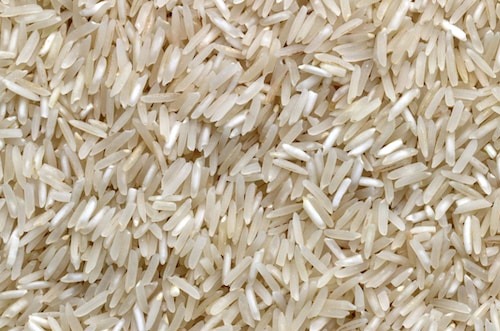
In W38 in the rice landscape, the United States Department of Agriculture (USDA) expects the Philippines’ rice imports to surge to 3.8 million metric tons (mmt) while China’s imports are expected to decline to 3.5 mmt in the 2023/24 season. This projection positions the Philippines as the world’s leading rice importer in the 2023/24 season, surpassing China. The Federation of Free Farmers (FFF) agrees with the USDA's forecast, as domestic supply is not meeting demand. The Philippines is delaying importing ricedue to increasing prices resulting from rice export bans from India and Vietnam. The USDA noted that global rice prices reached the highest level in Aug-23 in 15 years since India's Jul-23 export ban on non-basmati white rice. The Philippines’ rice imports stand at 2.33 mmt so far in 2023, primarily sourced from Thailand and Vietnam.
Despite surging global rice prices, farmers in Thailand, the world's second-largest white rice exporter, are struggling due to diminishing planting areas. Thailand's rice planting hectarage plummeted by 14.5% year-on-year (YoY) in Aug-23, a continuous downward trend since 2020. Reduced planting areas negatively impact rice production and worsen food inflation. Extreme weather, especially the El Niño phenomenon, has led to a significant drop in rainfall, with water reservoirs at just 54% capacity, prompting water-saving measures. Water shortages are predicted to intensify, potentially causing a 30% production decline in the upcoming seasons. Rising fertilizer costs and pest infestations add to farmers' debt burdens, with high interest rates and intergenerational arrears. Thailand's rice varieties are outdated, and productivity lags behind countries like Bangladesh and Nepal. Thai government subsidies replaced rice research investments, resulting in low yields. Despite these challenges, Thai farmers aim to diversify rice types to offset debts and leverage current high rice prices.
The Malaysian government introduced several intervention measures aimed at addressing the domestic white rice shortage, including increasing supply and cracking down on hoarding. After discussions with rice producers, wholesalers, and retailers, the Malaysian government initiated the "Special Plan for Domestic White Rice" to stabilize supply, demand, and prices. As part of this plan, manufacturers are expected to boost domestic white rice supply by 20% over a year. The government remains committed to interventions through agencies like the Federal Agricultural Marketing Agency (FAMA) and the Bureau of Farmers' Organizations (LPP) to meet market demand whenever shortages occur. Additional strategies include selling domestically produced white rice at exhibitions and sales events across the country, ensuring that prices remain controlled. Domestic rice is currently traded at approximately USD 7.60 per 10-kilogram (kg) package. The Malaysian Ministry of Agriculture and Food Security anticipates that these actions will help stabilize the white rice supply within a month.
Lastly, recent heavy rainfall in Rio Grande do Sul, Brazil, caused concerns in the rice market, leading to a notable slowdown in commercial activities in W38. These adverse weather conditions disrupted grain transportation and hindered soil preparation for pre-planting activities, potentially causing delays in this crucial process. The Center for Advanced Studies on Applied Economics (Cepea) indicator for paddy rice stood at around USD 20.05/50-kg bag in W38. Notably, paddy rice prices increased by 2.3% in the first half of Sep-23.